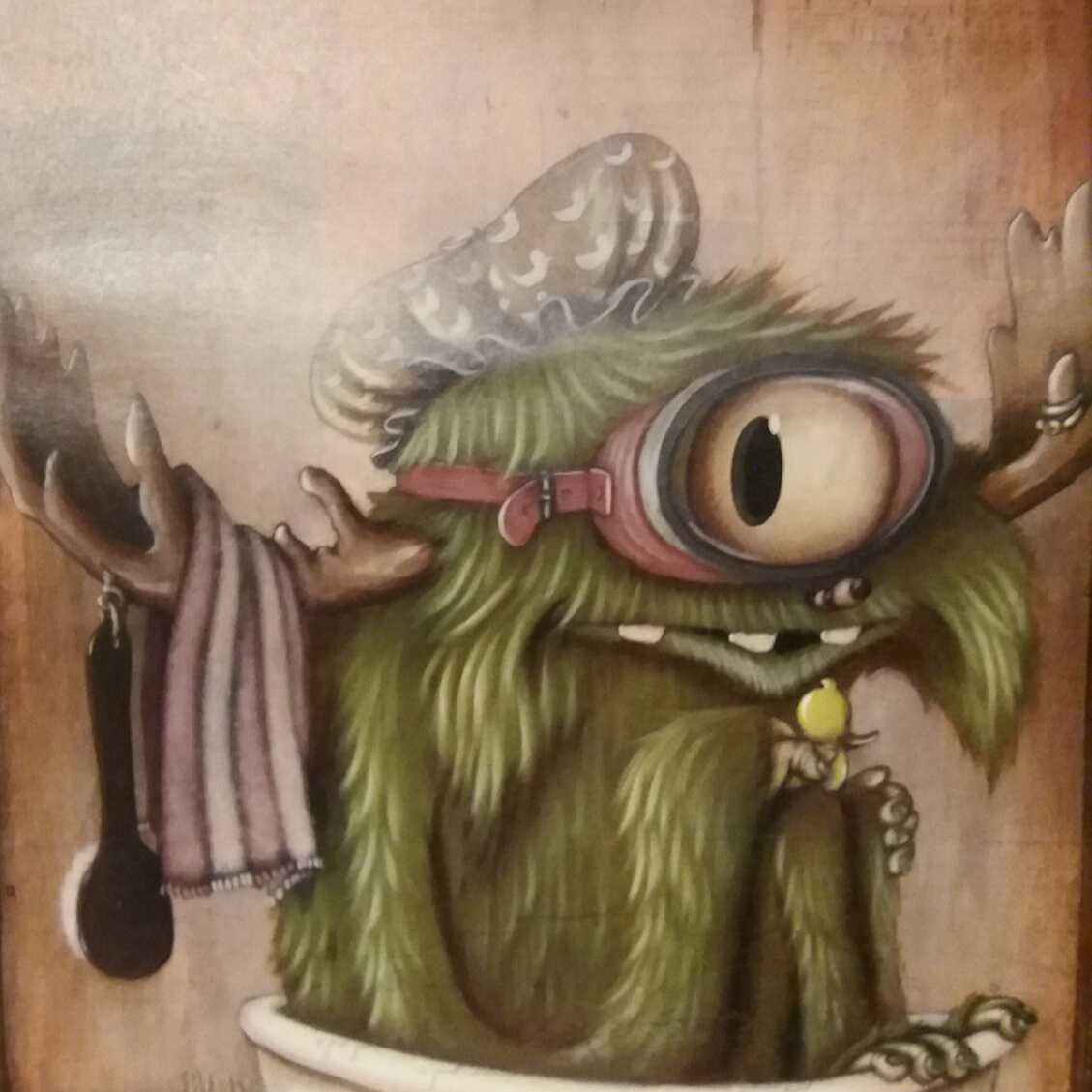Aug 24, 2024
Refractive index adjusted imaging medium: High RI Iodixanol, Iohexol - Yeast
- Mathias Hammer1,
- Ammeret Rossouw1,
- Azra Lari2,
- Ben Montpetit3,
- David Grunwald1
- 1UMass Chan Medical School, RNA Therapeutics Institute, Worcester, MA, USA;
- 2University of Alberta, Department of Cell Biology, Edmonton, AB, Canada;
- 3University of California, Department of Viticulture and Enology, Davis, CA, USA

Protocol Citation: Mathias Hammer, Ammeret Rossouw, Azra Lari, Ben Montpetit, David Grunwald 2024. Refractive index adjusted imaging medium: High RI Iodixanol, Iohexol - Yeast. protocols.io https://dx.doi.org/10.17504/protocols.io.3byl4933ogo5/v1
License: This is an open access protocol distributed under the terms of the Creative Commons Attribution License, which permits unrestricted use, distribution, and reproduction in any medium, provided the original author and source are credited
Protocol status: Working
We use this protocol and it's working
Created: July 15, 2024
Last Modified: August 24, 2024
Protocol Integer ID: 103389
Keywords: high refractive index, yeast imaging medium, Iodixanol, Iohexol, refractive index medium
Funders Acknowledgements:
NSF
Grant ID: 1917206
Disclaimer
DISCLAIMER – FOR INFORMATIONAL PURPOSES ONLY; USE AT YOUR OWN RISK
The protocol content here is for informational purposes only and does not constitute legal, medical, clinical, or safety advice, or otherwise; content added to protocols.io is not peer reviewed and may not have undergone a formal approval of any kind. Information presented in this protocol should not substitute for independent professional judgment, advice, diagnosis, or treatment. Any action you take or refrain from taking using or relying upon the information presented here is strictly at your own risk. You agree that neither the Company nor any of the authors, contributors, administrators, or anyone else associated with protocols.io, can be held responsible for your use of the information contained in or linked to this protocol or any of our Sites/Apps and Services.
Abstract
This protocol describes the steps to prepare imaging medium for Saccharomyces cerevisiae with high refractive index. This medium is optimized for fluorescence imaging by the reduction of auto-fluorescence through an abundance of Adenine [1] and the repression of of the Met-promoted pp7- CP expression [2].
Materials
SC-Ura Powder
Sunrise Science Products
Cat#: 1306-030
Lot#: 23K3083
Exp: 10/2027
Yeast Nitrogen Base Without Amino Acids
Sigma Life Science
Cat#: Y0626-250G
Lot#: SLBG0555V
Glucose
Sunrise Science Products
Cat#: 1907-1kg
Lot#: 3A0036
L-Adenine
Sigma Life Science
Cat#: A-9795
Lot#: 33H12895
L-Methionine
Sigma Life Science
Cat#: M-5308
Lot#: 129H0322
Histodenz
Sigma Life Science
Cat#: D2158-100G
Lot#: WXBC3389V
OptiPrep Density Gradient Medium
Sigma Life Science
Cat#: D1556-250ML
Lot#: 120M1221
Deionized Water
Equipment:
50 ml laboratory bottle with screw cap
50 ml centrifuge tube with cap
1ml pipette
25 ml pipette
stirring hot plate
magnetic stirring bar
micro scales
autoclave
oven
thermometer
refractometer
Before start
Have the following prepared:
Glucose 20% 500 ml solution:
Concentration: 200 g/l
mix 100 g Glucose in 500 ml deionized water (ddH2O)
Adenine 100x 100 ml solution:
Concentration 3 g/l
mix 0.3 g Adenine in 100 ml ddH2O
Methionine 200x 50 ml:
Concentration: 17.12 g/l
mix 856 mg into 50 ml ddH2O
Iodixanol crystals:
Preparation:
transfer 40 ml Iodixanol (Optiprep) solution into a 50 ml centrifugation tube
place the tube opened into an oven set to 40°C
through evaporation the refractive index of the Iodixanol solution rises:
| A | B | |
| time in days | RI | |
| 0 | 1.4315 | |
| 2 | ~1.45 | |
| 4 | ~1.47 | |
| 6 | ~1.5 | |
| 7-10 | crystalisation |
Iodixanol solution - refractive index increase in 40°C oven over time
Compound medium for autoclave
Iodixanol11 steps
This protocol describes the preparation of high refractive index yeast imaging medium using Iodixanol (~OptiPrep).
Note
It is possible to use existing medium with Iodexanol adjusted refractive index as a base.
In this case only steps 1.7 and 1.8 apply.
Fill a 50 ml flask with 25 mL OptiPrep.
Add a magnetic stirring bar and place the flask on a stirring hot plate.
Add 0.3 mL Adenine 100x solution.
Note
The additional Adenine is supposed to repress the Adenine synthesize to reduce a possible accumulation of red pigment [1].
Add 0.3 mL Methionine 200x solution.
Note
The additional Methionine represses the Met promoter, which drives PP7 syntheses [2].
Add 57.6 mg SC-XX powder.
Note
In regard to cover all optional dropout media the amino acid base holds the notification -xx, where xx stand for the amino acid(s) that is as selection factor, missing in the medium.
Add 201.6 mg Yeast Nitrogen Base with Ammonium Sulfate without Amino Acids (YNB).
Note
Warming the medium on the stirring plate helps resolving the powders.
Add 1.4 mL ddH2O.
Add and resolve Iodixanol (~Optiprep) crystals.
Note
For reasons of cost efficiency it possible to use a portion of the mixed solution with 1.4 and add the Iodixanol crystals to increase the RI.
! Be aware that the Glucose 20% volume added in step 3 must be adjusted to the correct ratio for the volume used!
Measure the refractive index with a refractometer. If the RI measured is below your target RI, repeat step 1.7 go to step #1.7 until the targeted RI is reached.
Autoclave for 00:15:00 at 121 °C .
Note
Remove the stirring bar before going to autoclave.
When the medium cooled down to around 80 °C add 3 mL sterile Glucose 20%.
The medium can be store at the bench for 2 to 3 months.
Protocol references
[1] Kokina, Agnese et al. "Adenine auxotrophy–be aware: some effects of adenine auxotrophy in Saccharomyces cerevisiae strain W303-1A." FEMS yeast research 14.5 (2014): 697-707.
doi:10.1111/1567-1364.12154
[2] Lari, Azra, et al. "Live-Cell Imaging of mRNP–NPC Interactions in Budding Yeast." Imaging Gene Expression: Methods and Protocols (2019): 131-150.
doi.org/10.1007/978-1-4939-9674-2_9
